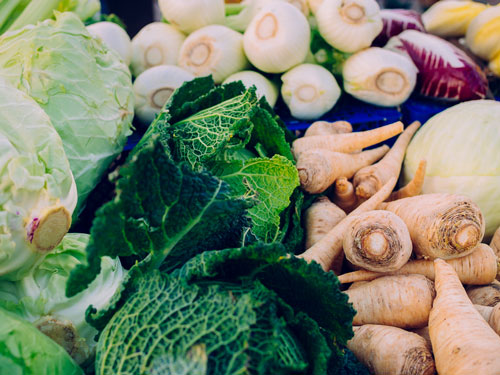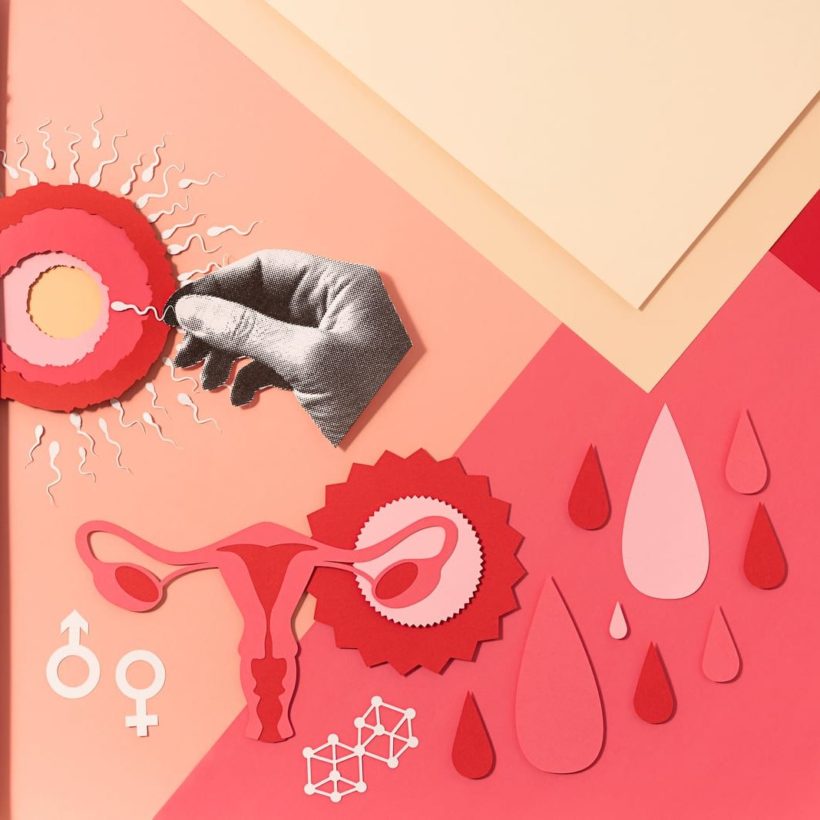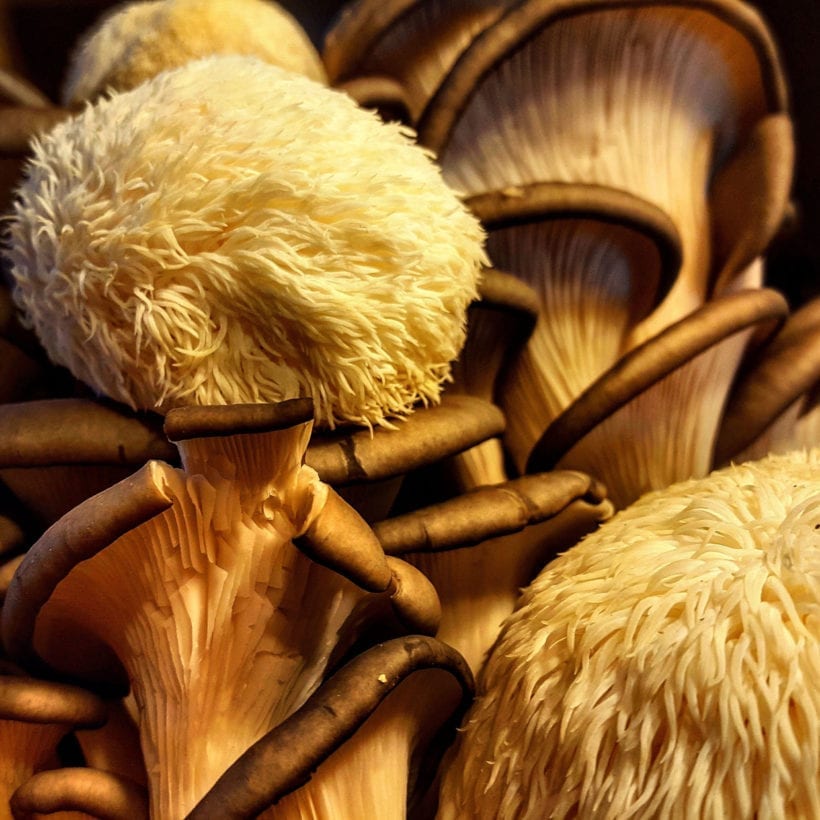It’s thought that around 11% of American women ages 15 to 44 suffer from endometriosis. Often called “endo” for short, the condition means that a tissue similar to that found in the uterus grows outside of it. The symptoms vary from woman to woman but the most common tell-tale sign is pain, especially around the time of your period. This pain can often be debilitating for women. Additionally, some women may suffer from bleeding or spotting between periods, experience stomach issues, and in some cases have trouble getting pregnant.
Meet the Experts
Thalia Pellegrini is a nutritional therapist who specializes in women’s health.
Francesca Lyon is the lead nutritionist at women’s hormone testing platform FUTURE WOMAN.
The cause of endometriosis is still unknown and getting diagnosed is notoriously hard. The gender health gap means there is lack of awareness and research and the myth that “pain is normal for women” still exists. On average, it takes women between 7 and 9 years to get an endometriosis diagnosis. Unfortunately, there is currently no known medical cure beyond having a hysterectomy, a surgical procedure to remove the endometrial tissue and the uterus — which is not an option for women who want to have children on their own. Instead, the majority of women control the symptoms of endometriosis via lifestyle changes and there’s good news: Diet, exercise, and other alternative options can provide some relief. Here, we spoke with two experts about the best possible ways to improve endometriosis symptoms.
1. Pack your plate with polyphenols
Thalia Pellegrini, a nutritional therapist who specializes in women’s health, advocates adopting an anti-inflammatory diet to ease the pain caused by endometriosis. Specifically, she recommends foods rich in polyphenols, organic compounds found mostly in plants. “Best sources of polyphenols are herbs and spices including ginger and turmeric, berries — especially those with darker skins — dark chocolate, olives, and olive oil,” she explains. “Coffee and green tea are both sources of polyphenols, but too much caffeine can be a problem for some, so I recommend 1-2 cups of coffee or green tea a day, ideally in the morning.”
2. Experiment with elimination

Everyone’s body is different and what works for one person won’t necessarily work for another. However, for some women, cutting out certain food groups can make a big difference in endometriosis symptoms. For example, Pellegrini has seen good results with clients who have cut out dairy. “Try it for three cycles and see if you notice any difference,” Pellegrini suggests. The FODMAP diet, a restriction-based diet that calls for eliminating a number of foods and slowly reintroducing them into your regimen could also be worth trying. “However, it should not be followed for more than three months and is best done with the support of a registered nutritionist,” she points out.
3. Cut out inflammatory foods
Unfortunately this means keeping the “fun” stuff to a minimum. In short, inflammatory foods tend to be the unhealthy ones. “Fried foods, processed foods, or those high in sugar all cause inflammation in the body,” Pellegrini says. Alcohol also causes inflammation; but luckily there are some pretty good non-alcoholic drinks on the market to help with this particular craving.
4. Stock up on supplements

A healthy, anti-inflammatory diet can be supported further by certain supplements. Turmeric or more specifically curcumin — its active ingredient — can be helpful. “Studies have shown that high-dose curcumin can help with inflammation and oxidative stress in endometriosis,” explains Francesca Lyon, the lead nutritionist at women’s hormone testing platform FUTURE WOMAN. “Berberine is a supplement that helps to reduce the LPS toxins that are found in women with endometriosis while zinc supports the functioning of the immune system in order to reduce a main driver of endometriosis but it also supports the reduction of endometrial lesions,” Lyon adds. “My go-to for endometriosis is pycnogenol (French maritime pine bark extract) as studies have shown that it helps to reduce pain. Omega-3 and alpha-lipoic acid have been shown to improve endometriosis-associated pain in human studies,” Pellegrini notes.
5. Balance blood sugar
When you eat can be as important as what you eat. “You can start managing your inflammation by balancing your blood sugar. This involves eating three balanced meals a day with no snacks in order to regulate your body’s cortisol and inflammatory markers,” Lyon recommends.
6. Avoid potential endocrine disruptors
When it comes to endometriosis, it may also be helpful to be aware of endocrine disruptors. “These are chemicals (natural or man-made) that can mimic or interfere with our body’s hormones,” Pellegrini clarifies. “We can minimize our exposure by avoiding plastics, pesticides and herbicides,” she adds.
7. Get some quality sleep
“Endometriosis is also an immune-activated disease, so it is vital to address the functioning of the immune system,” Lyon shares. One of the simplest ways of doing this is by ensuring you get a good night’s sleep. “Make sure you get 7 to 9 hours of sleep a night. Any less than 7 hours and this can greatly impact the healthy and regular functioning of your immune cells and system.”
8. Stress less
While it’s certainly easier said than done, reducing stress levels can play a big part in controlling symptoms. “Stress can impact the regulation of the immune system and throw off our hormone balance as well,” Lyon highlights. “We encourage clients to take on one new daily habit to manage their stress such as meditation, deep belly breathing, journaling or nature walks,” she adds.
9. Investigate alternative therapies
Considering the lack of research and science-backed solutions, many women are turning to alternative therapies to manage their condition. “Acupuncture, hypnotherapy, pelvic floor therapy, and belly dancing can also help with pain,” Pellegrini suggests.







